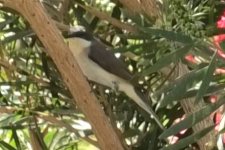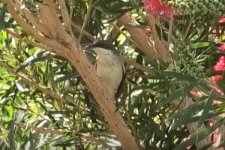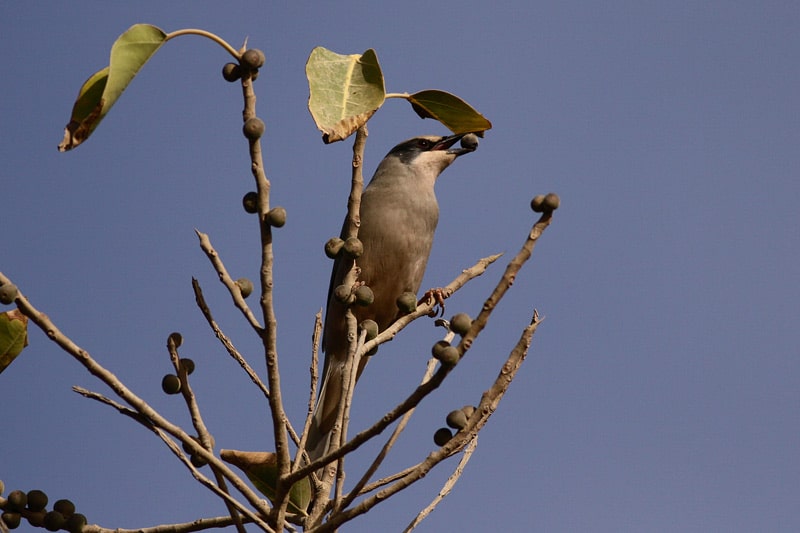Hello,
I discovered this bird on March 28, 2024 in Egypt, Hughada, in a hotel park. It could probably be a warbler.
I provide a link to a video clip on my homepage:
https://tiersichtungen.de/picture.php?/10872/category/3728
Best regards
Heifer


I discovered this bird on March 28, 2024 in Egypt, Hughada, in a hotel park. It could probably be a warbler.
I provide a link to a video clip on my homepage:
https://tiersichtungen.de/picture.php?/10872/category/3728
Best regards
Heifer










